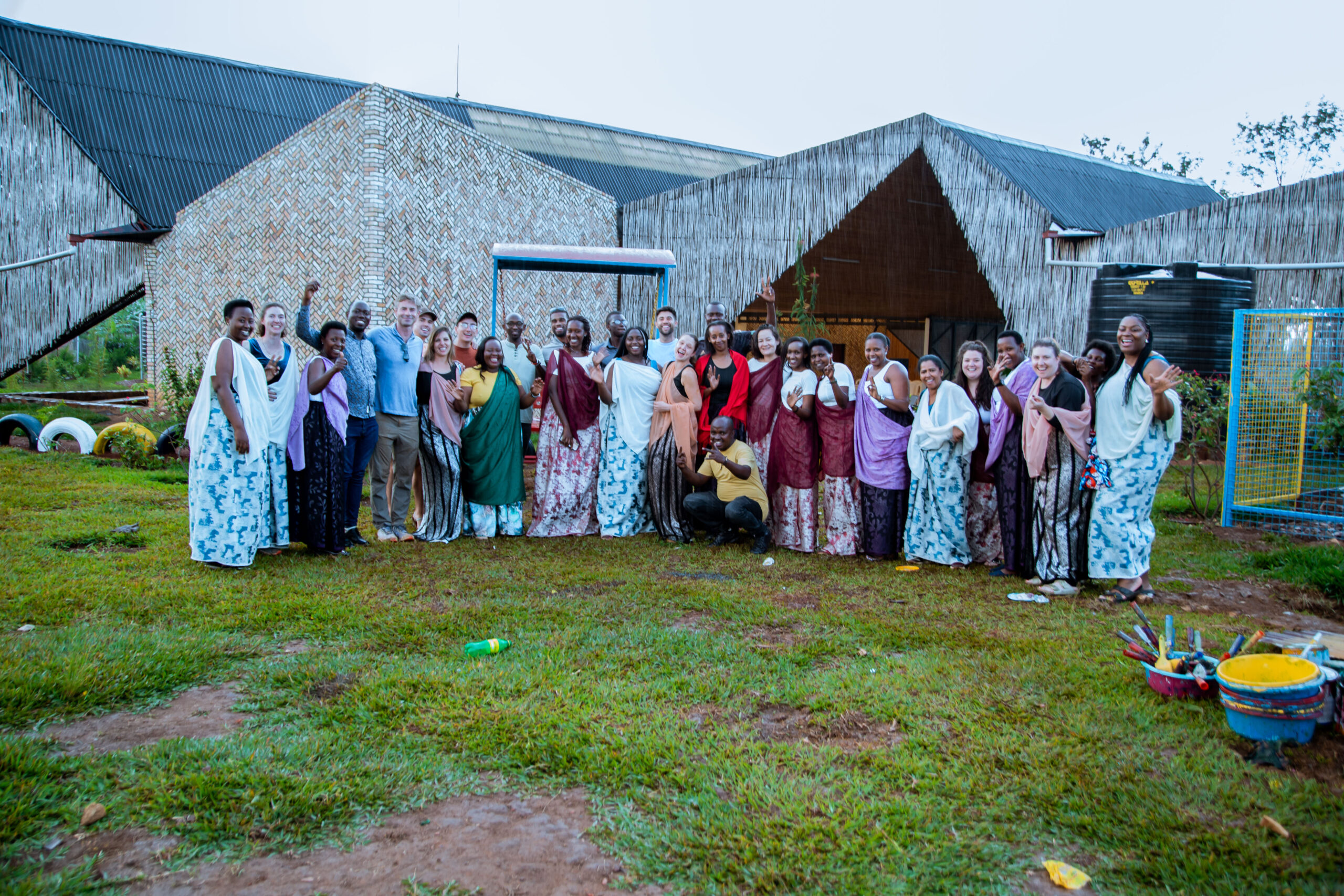What Archimedes Can Teach Us About Marketing Transformation

Archimedes once famously proclaimed, “Give me a lever long enough and a fulcrum on which to place it, and I shall move the world.” It’s safe to say that he wasn’t thinking of this in terms of enterprise marketing transformation, but I believe his point applies. You see, as with so many problems in life, the solution lies in leverage.
How Did We Get Here?
In the simpler days of the mid-twentieth century, marketing for even the largest companies was a manageable affair. Multinational often meant only a handful of countries. The available platforms were basically TV and radio, with one format each. And there was essentially one audience — everyone.
In these simpler times, a brand could hire an agency and expect a small, handpicked group of creative geniuses to handle their needs with brilliance. This worked really well for decades, but something began to change with cable TV, accelerated with the internet, and broke completely with the advanced advertising underpinning mobile/social marketing today. First the audiences fragmented — a little, then a lot. Then the formats expanded — a little, then a lot. And now targeting and data have advanced — a little, then a s#*% ton.
When 3 related variables all grow significantly, you begin to deal with cubic exponents when calculating complexity. And we don’t need Archimedes to weigh in to tell us that this means the challenges facing modern marketers have grown enormously. We all see it every day.
As an enterprise marketer, the challenge now involves creating many thousands of individual pieces of creative, localizing and culturalizing them for tens (if not hundreds) of markets, receiving data for every single piece of creative in a matter of days, attempting to understand and utilize that data productively, and then having to do it all over again a few days later when the world has moved on and your momentarily brilliant creative has gone stale.
To manage this, the scale of the agency teams required to support large marketers has exploded.

Unfortunately, so has the cost.
A Half Step Towards the Future: In-Housing
The first natural reaction to every problem is to try to find a solution that is better, but looks a lot like your existing way of doing business. In this regard, in-housing represented the easiest thing to try. Instead of having 300 people on an account at a large agency, each bloated with a substantial mark-up to cover the agency’s costs, marketers have been experimenting with two different in-housing models to-date:
- Hire 300 people internally.
This has the benefit of removing the mark-up and reducing costs accordingly. Also, by having the staff on premise, you can build a culture around your brand and build systems to get closer to your data. But while getting rid of the mark-up is a step in the right direction cost-wise, hiring 300 people is a monumental task. - Contract with an in-housing agency to put 300 people in my office.
In response to the difficulty of hiring 300 people, many marketers have begun experimenting with in-housing agencies. This solves the problem of hiring the 300 people, as the agency can take that off your plate and roll them in once you sign the contract. And since they’re on your premise, the in-housing agency can charge a smaller mark-up. Plus, you get the benefits of having the work done closer to your internal operations, and you get closer to your data.

But 300 people is still 300 people, and while either in-housing model represents a slight improvement cost-wise, neither is fundamentally technology-enabled. In many ways, in-housing in this construct is just business as usual, with slightly different packaging. As such, this was always only a half-step towards the future.
We Need to Get More with Less
This brings us to Archimedes. Because what in-housing as outlined above lacks is leverage. And leverage is the key to marketing transformation — in short, how do you get more out of fewer people?
In every other major industry, the answer has been technology. And now it’s marketing’s turn to follow suit.
There are two main areas where technology can apply leverage to transform marketing operations. First, using data to grow intelligence. And second, reducing the need for those 300 people.
Let’s start with data. Computer vision now enables us to break down all of the creative elements in every asset a marketer has, frame by frame. We can simultaneously look at the frame-by-frame performance data for each of those assets, cross those two data sets and then use machine learning to build models that tabulate insights and best practices for platforms, formats, industry verticals, and individual brands. It would have taken thousands of people to do this same thing only a few years ago for each marketer, but now a single person can push the button that sets this whole chain in process. Talk about leverage!
Now let’s talk about the 300 people. They’re great if you’re trying to win the Battle of Thermopylae for Sparta, but decidedly less great if you’re trying to get increasingly agile in an ever-changing world, all while trying to reduce overall marketing expenditures. For that, you need to construct systems designed for leverage, systems that can make a smaller number of people produce like they are 300. VidMob’s expert marketplace, advertising platform integrations, and workflow platform are designed specifically to help marketers bring infinite scalability to their production capabilities.

But this is only part of the story. Solutions like this enable you to apply a fluid response to demand. As needs ramp up, your resources ramp up. As they scale down, so do your resources.
Integrated learning software enables your entire global organization to share insights and best practices in real-time, ensuring compliance around the world with each key learning. And smarter creative leads to better marketing ROI.
Finally, agile search enables you to get more from your existing media. Most businesses have large volumes of beautifully shot video and imagery. But too often it is underutilized either because people don’t know it exists, or it’s not appropriate in current form for more than one market. Global collaboration tools can enable marketers to apply a Reduce, Re-Use, Recycle mentality and get far more from what they already have.
Give me a lever long enough and I can move the world!
How Can I Do It?
This is exactly what VidMob is already doing today with some of the world’s largest and most forward-thinking marketers. So now, when we hear the most common question we get — “Sounds great, but how do I actually do it?” — we can actually answer from experience.
Here’s the roadmap:
- Maintain Certain High-Value Capabilities Whether through agencies or in-house personnel, macro strategy and high-end production of raw media is still as important as ever.
- Reduce Reliance on Expensive and Inflexible In-House or External Models That Are Better Suited for Levered Solutions
- Build Core Execution Pods Designed to Use Leverage
Remember, even the world’s longest lever needs someone to pull down on it. In our case, these pods generally consist of some combination of the following disciplines:
- Creative Director
- Content Strategist
- Creative Ops Specialist (eg. Lever puller)
- Lead Copywriter
- Art Director
- Editor
Just a single individual in each of these disciplines can then use a platform like VidMob to get 1000 to 1 leverage. And the results can be staggering.
When we think about the future, the danger is always that it’s most comfortable to follow the recent past. But half steps and half solutions leave half problems. This is the case with today’s common in-housing model, which can often cause more problems than benefits by trading away flexibility for minor cost savings. And in today’s fast-moving world, inflexibility is the quickest path to irrelevance.
So, if we’re going to look to the past, let’s look 2,200 years back. And let the lever show us the way forward.
Figure 1. How the Pod Model Brings Leverage to Marketing






